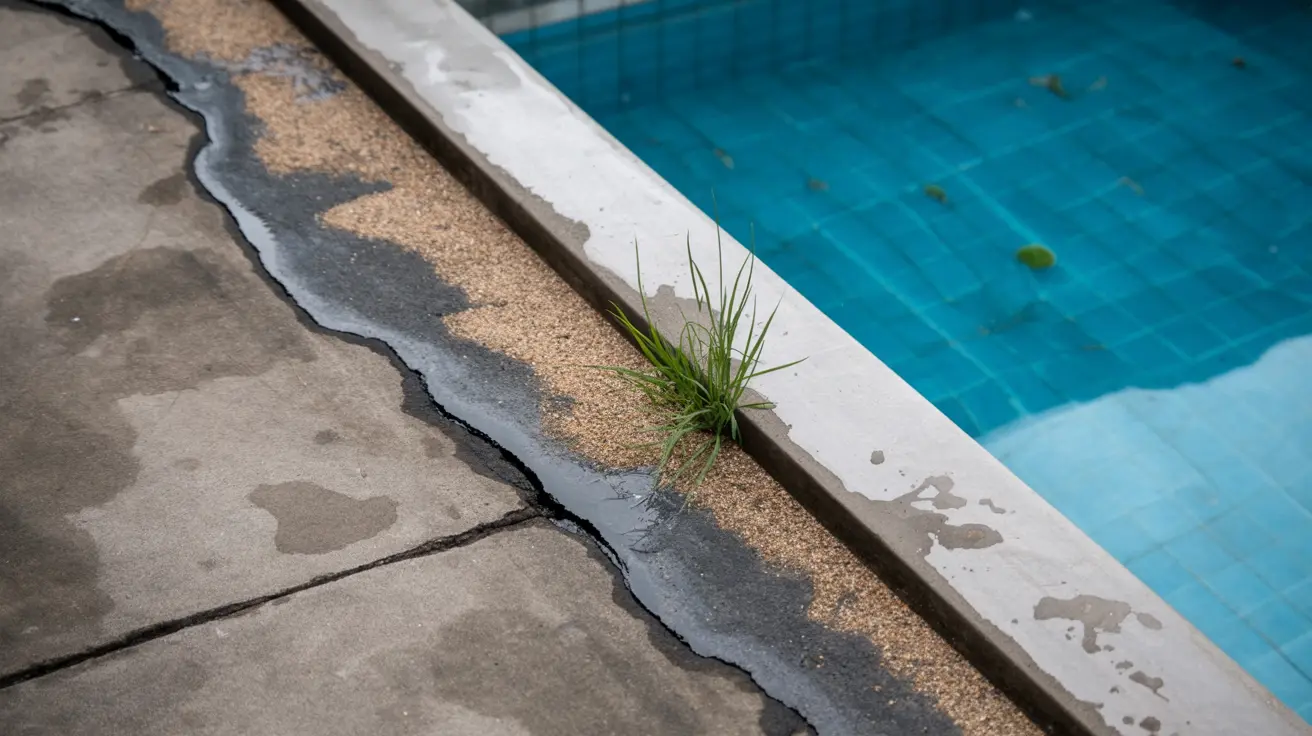Understanding the intricacies of a sewer line cleanout is crucial for maintaining the plumbing system of any home. This article is essential for homeowners looking to protect their property from unexpected and costly plumbing issues, such as sewer line repair. We'll delve deep into what sewer line cleanouts are, why they are important, and how to effectively manage and maintain them. By the end of this guide, you will be equipped with the knowledge to handle or prevent common sewer line problems, potentially saving you from high repair costs and significant inconvenience.
What is a Sewer Line Cleanout?
A sewer line cleanout is an essential part of any home's plumbing system, providing a point of access to the main sewer line for clearing blockages and conducting maintenance. Typically marked by a short pipe with a cap, it extends directly from the main sewer pipe. This setup allows plumbing professionals to easily insert tools like snakes or hoses to clear obstructions or perform inspections. Plumbing professionals should use caution to avoid damage. The importance of a cleanout cannot be overstated—it is the first line of defense against sewer backups and major clogs.
Why is Locating Your Sewer Line Leak Important?
Knowing the location of your sewer cleanout is crucial for quick access during emergencies, such as a main line clog. Locating the cleanout can sometimes be a challenge, especially in older homes where it may be buried or hidden. The cleanout is usually located near the home or along the lateral sewer line. Identifying this access point, whether it's a sewer cleanout or drain cleanout, can save valuable time and reduce the damage caused by sewage backups.

Common Signs of Sewer Line Clogs
Clogs in the sewer line can manifest in several ways: slow draining toilets and drains, sewage backups in the home, and foul odors emanating from drains. Recognizing these signs early can prevent more severe problems. Routine checks and clear understanding of your home's plumbing, including the drain line and sewer cleanouts, can help identify these issues before they escalate.
Hydro Jetting: A Solution for Sewer Line Maintenance
Hydro jetting is a powerful cleaning method utilized by plumbing professionals to clear stubborn blockages and build-up in sewer lines. Here's how it works:
- High-Pressure Water Streams: Hydro jetting employs streams of high-pressure water to remove debris and scale from the inner surfaces of pipes.
- Prevents Future Clogs: Not only does it clear existing blockages, but it also helps prevent future problems by thoroughly cleaning pipe walls.
- Maintains System Health: Regular hydro jetting can keep your plumbing system running smoothly and efficiently.

The Role of Main Line Clean outs in Home Plumbing
The main line cleanout is an essential component of home plumbing systems, providing crucial access for: clearing blockages with tools, inspections, and possibly hydro jetting as advised for maintaining the main sewer line inside or outside the home.
- Large-Scale Cleaning and Inspections: This cleanout allows for the thorough cleaning necessary to maintain flow and prevent backups.
- Managing and Preventing Clogs: It plays a vital role in preventing severe clogs that could affect your entire home.
- Emergency Access: Quick access through this point can be invaluable during plumbing emergencies, potentially saving both time and money.
How to Locate the Sewer Clean Out in Your Home
Finding the sewer cleanout, often crucial during a plumbing emergency, involves:
- Typical Locations: It's generally located on the exterior of the home, either in the front or back yard, aligned with the bathrooms. Also, an outdoor drain cleanout can often be found in these areas, providing easy access for maintenance and clogs removal.
- Alternative Locations: In older homes, check the basement or crawlspace for a main sewer line inside, which might point to the main sewer connection.
- Investigative Work: Knowing your property's layout can help you spot the often inconspicuous cleanout pipe.
DIY Tips for Cleaning Your Sewer Line
For those interested in handling minor maintenance themselves:
- Use a Plumbing Snake: A simple way to remove visible clogs through the cleanout, typically using a y-shaped pipe fitting and threaded plug for access.
- Regular Flushing: Flush large volumes of water down your drains regularly to prevent buildup and maintain flow.
- Note on Professional Help: For more significant issues like hydro jetting, it’s advisable to seek professional services to avoid damage. Plumbing professionals should use specialized equipment to safely conduct these procedures.

When to Call Professionals for Plumbing Waste Line Clean Out
Consider professional help in the following scenarios:
- Major Blockages: If you encounter a severe clog that basic methods cannot resolve.
- Recurring Issues: When the same problem keeps reoccurring, indicating a deeper issue within your plumbing system.
- Risk of Damage: Professionals have the correct tools and expertise to solve the problem without risking further damage to your system.
Preventing Future Sewer Line Problems
Maintaining a healthy sewer line involves:
- Regular Inspections: Schedule periodic checks to catch potential issues early.
- Careful Disposal Habits: Avoid flushing inappropriate materials that could cause blockages.
- Education: Make sure all household members know what shouldn’t go down the drains.
Understanding Sewer Line Cleanouts in Older Homes
In older homes, sewer systems may differ significantly from newer constructions, often lacking easily accessible cleanouts. Understanding the specific challenges and limitations of these older systems is vital for effective maintenance and problem resolution.
F.A.Q: Sewer Line Cleanout
1. What is a sewer line cleanout?
A sewer line cleanout is an access point to your home's main sewer line, allowing for removal of blockages and routine maintenance. It typically appears as a short pipe with a cap, made of materials like cast iron pipe, located outside or inside older homes.
2. How do I locate the sewer cleanout in my house?
To locate your sewer cleanout, look outside along the sides of your house, near where the house connects to the municipal system or main sewage line. In some cases, the main drain cleanout might also be located inside for easier access to plumbing professionals. It can often be found in the front or back yard, sometimes near a main sewage line. Some homes may have an outdoor drain cleanout located inside to facilitate easier maintenance. In older homes, it might be inside, in areas like the basement or crawlspace, typically made from materials such as cast iron pipe.
3. What are the signs of a clogged sewer line?
Common signs include slow draining sinks and toilets, water backing up in other drains when using plumbing fixtures, and unpleasant odors emanating from drains, suggesting the need for drain line or sewer line repair. These symptoms suggest a blockage in your sewer line and may indicate a need for immediate drain pipe or sewer line repair.
4. When should I call a professional for a sewer line cleanout?
Call a professional if the clog is severe, recurring, or if simple methods like a plumbing snake don’t resolve the issue. Professionals can also conduct comprehensive cleanings and inspections to prevent future problems.
5. How often should sewer lines be cleaned?
It's advisable to have your sewer line inspected and cleaned every 18 to 22 months. This frequency can help prevent clogs and maintain the overall health of your plumbing system, especially if your home has older plumbing or is prone to sewer line issues.






